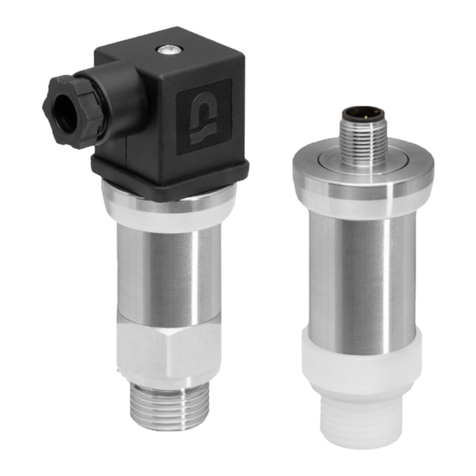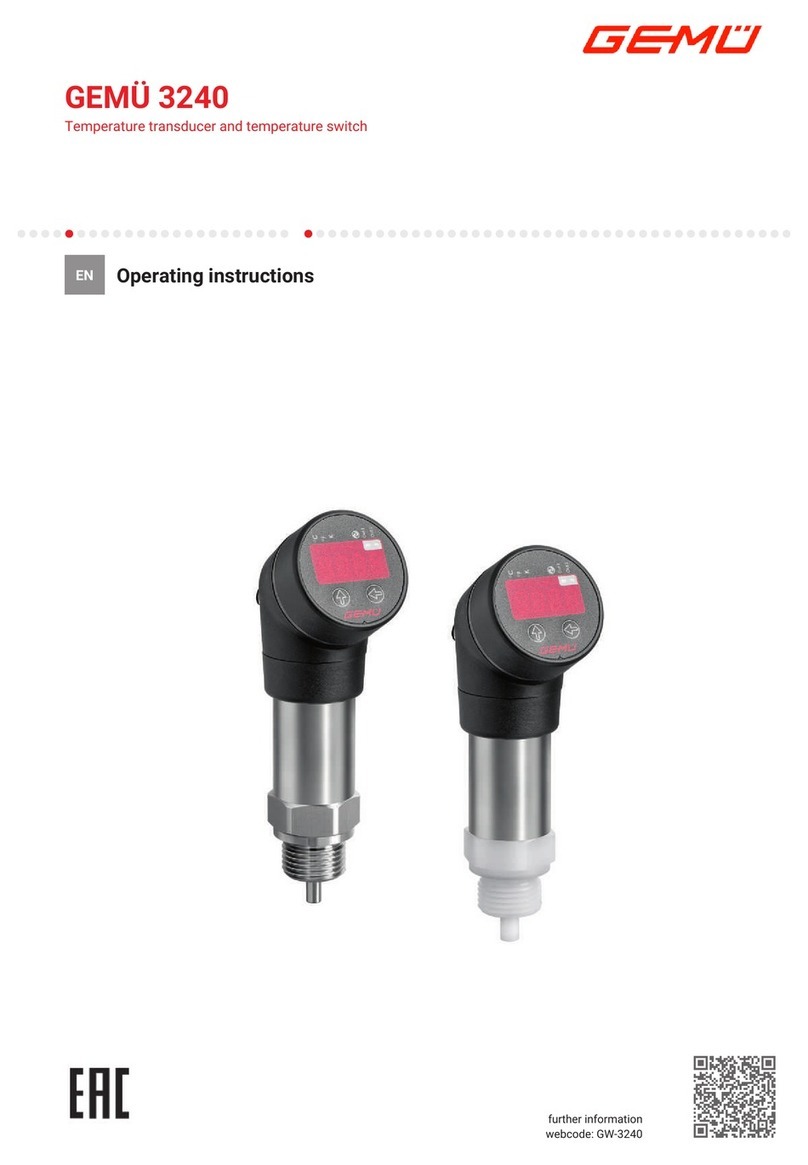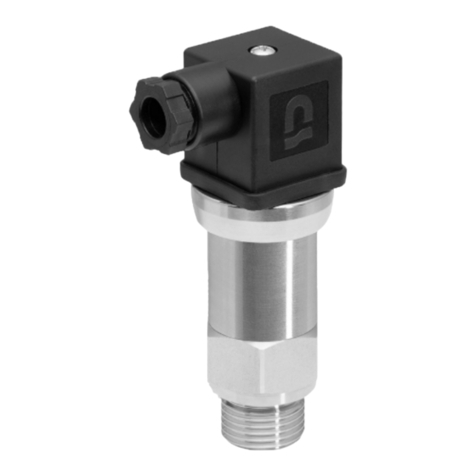GEM 3220 Assembly instructions




















Table of contents
Languages:
Other GEM Transducer manuals
Popular Transducer manuals by other brands
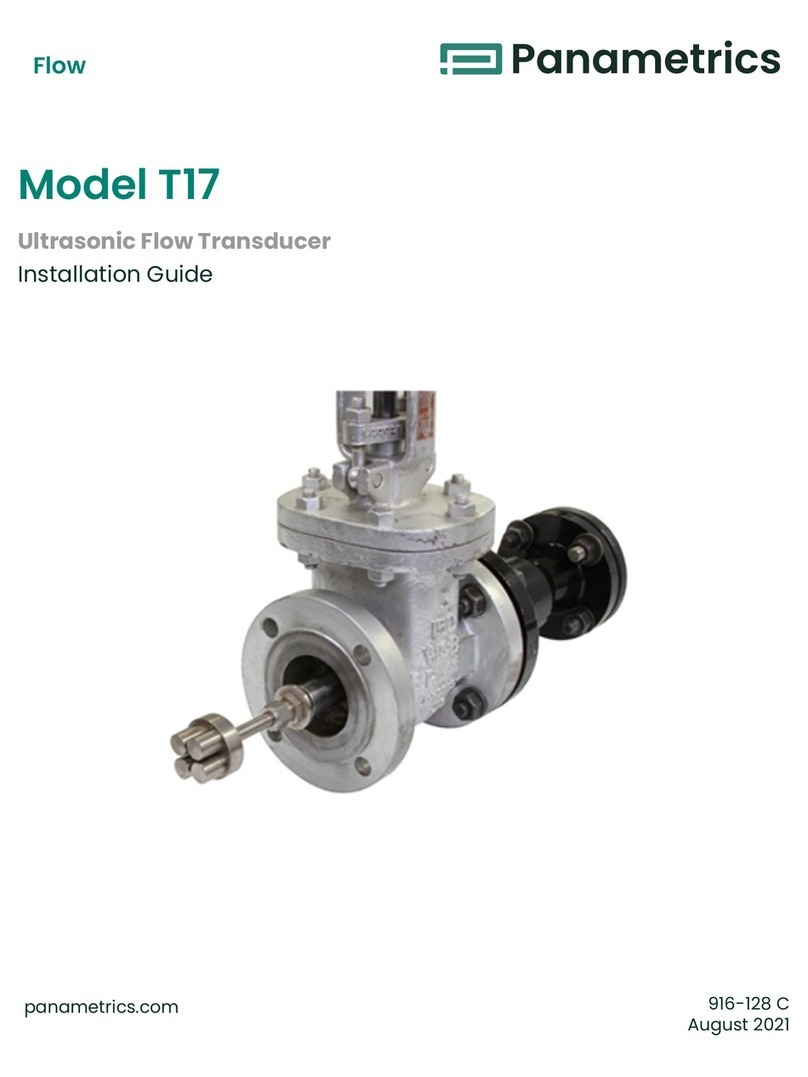
Panametrics
Panametrics T17 installation guide
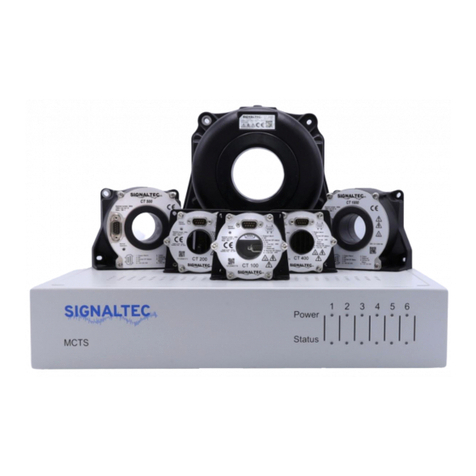
Signaltec
Signaltec MCTS II CT installation manual

controlair
controlair 550 Series Installation, operation and maintenance instructions
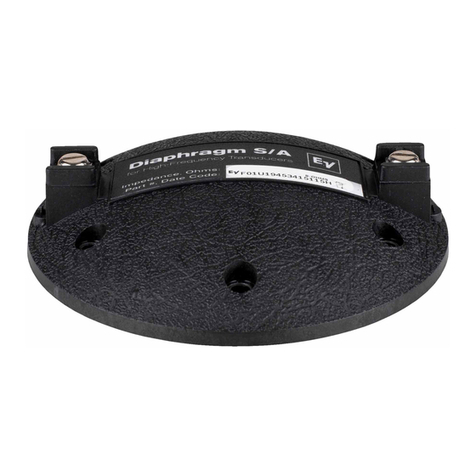
Electro-Voice
Electro-Voice 3-Inch High Frequency Neodymium Transducer... Technical specifications

Simrad
Simrad ES38B - REV E Dimensions

Schertler
Schertler DYN-V user manual

ECHOMAX
ECHOMAX XRS-5 Operation manual
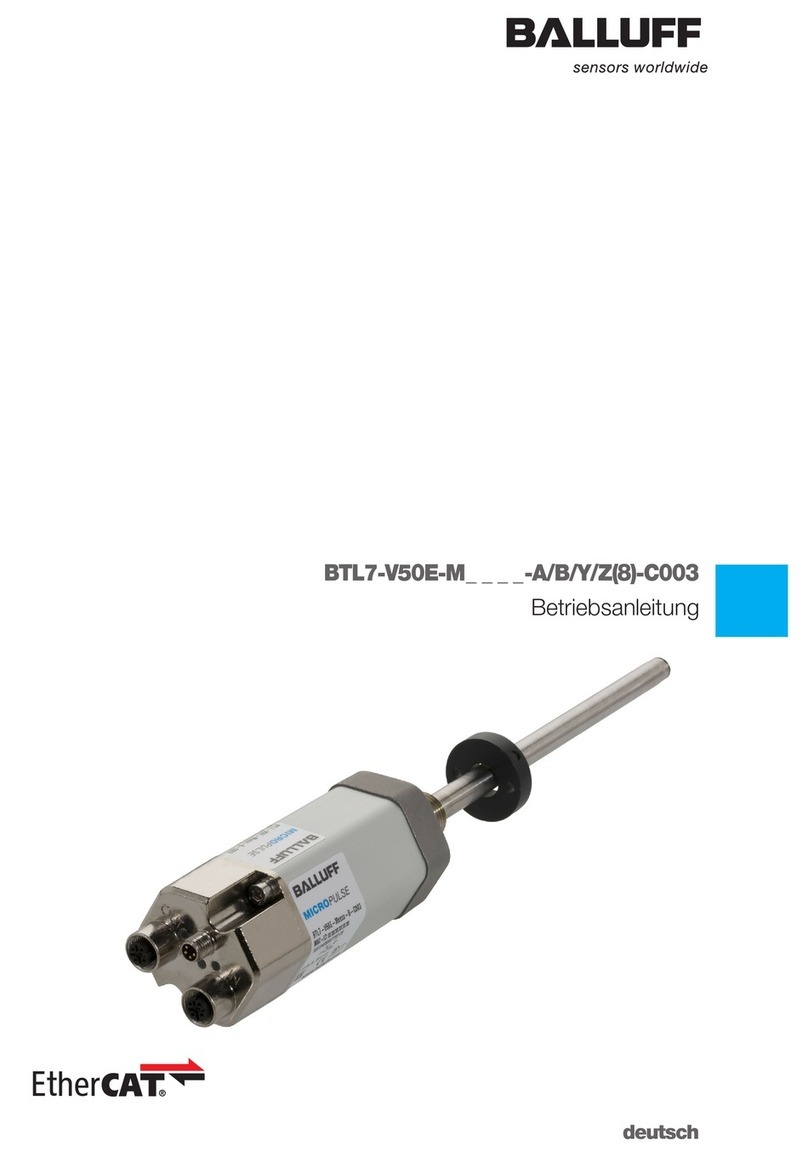
Balluff
Balluff BTL7-V50E-M P-C003 Series user guide
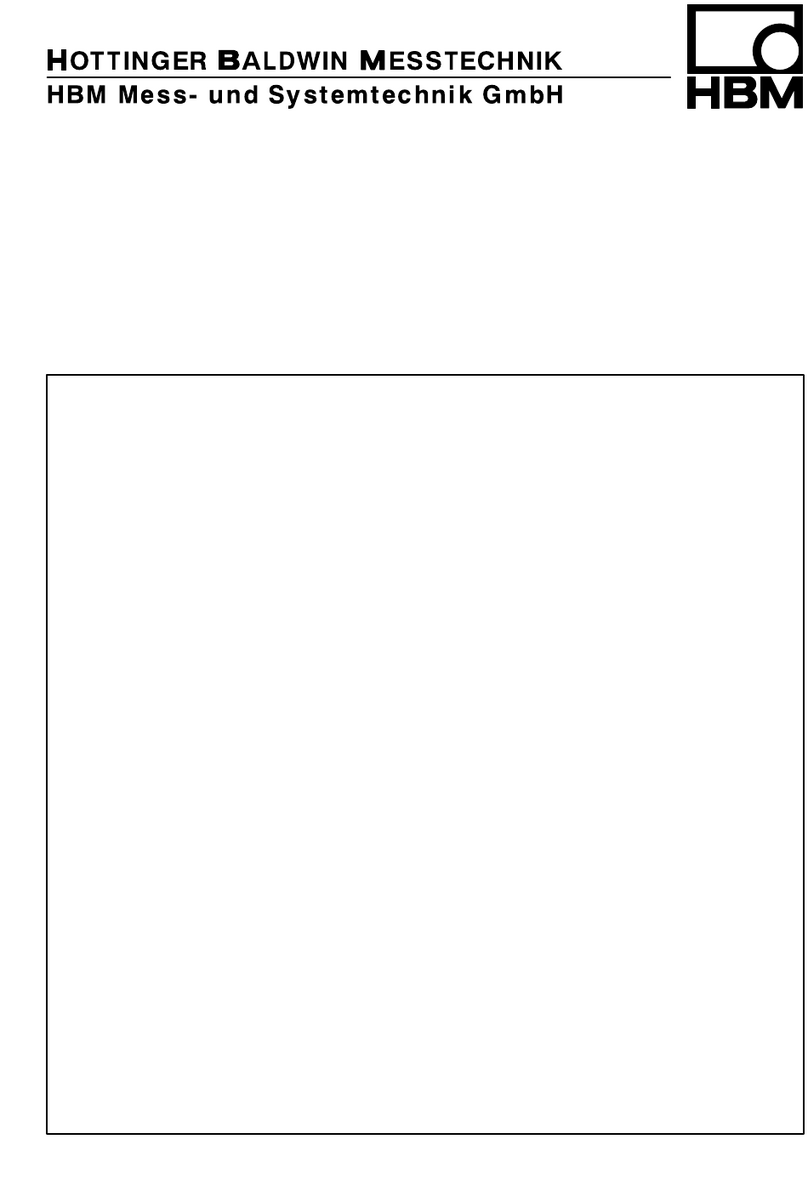
HBM
HBM Z30 Mounting instructions
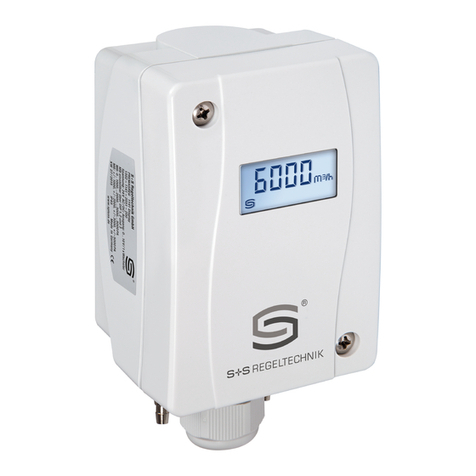
S+S Regeltechnik
S+S Regeltechnik Thor II Series Operating Instructions, Mounting & Installation
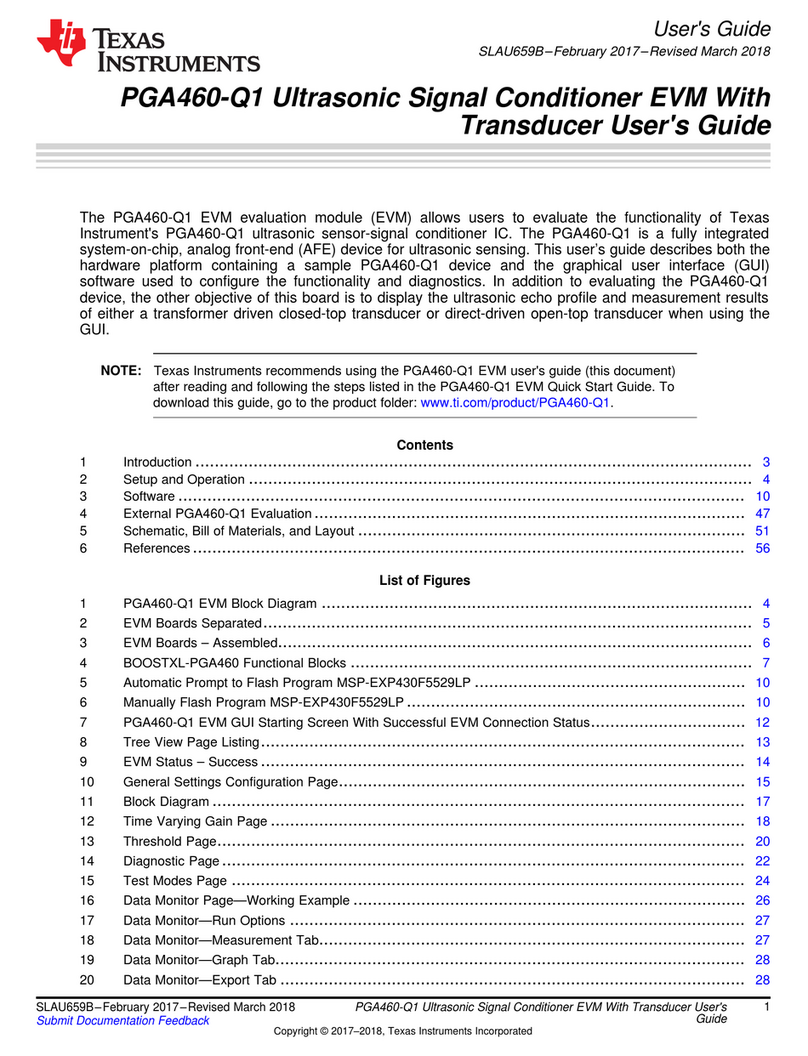
Texas Instruments
Texas Instruments PGA460-Q1 user guide
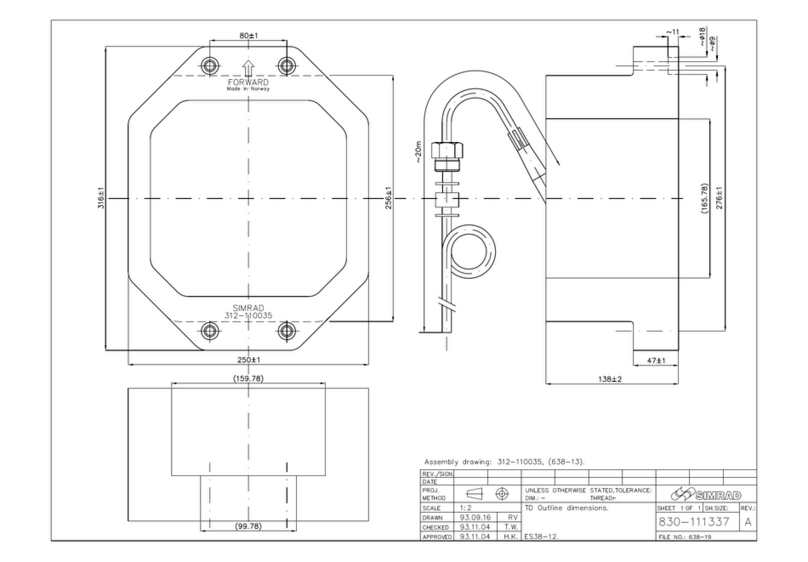
Simrad
Simrad ES38-12 - REV C Dimensions
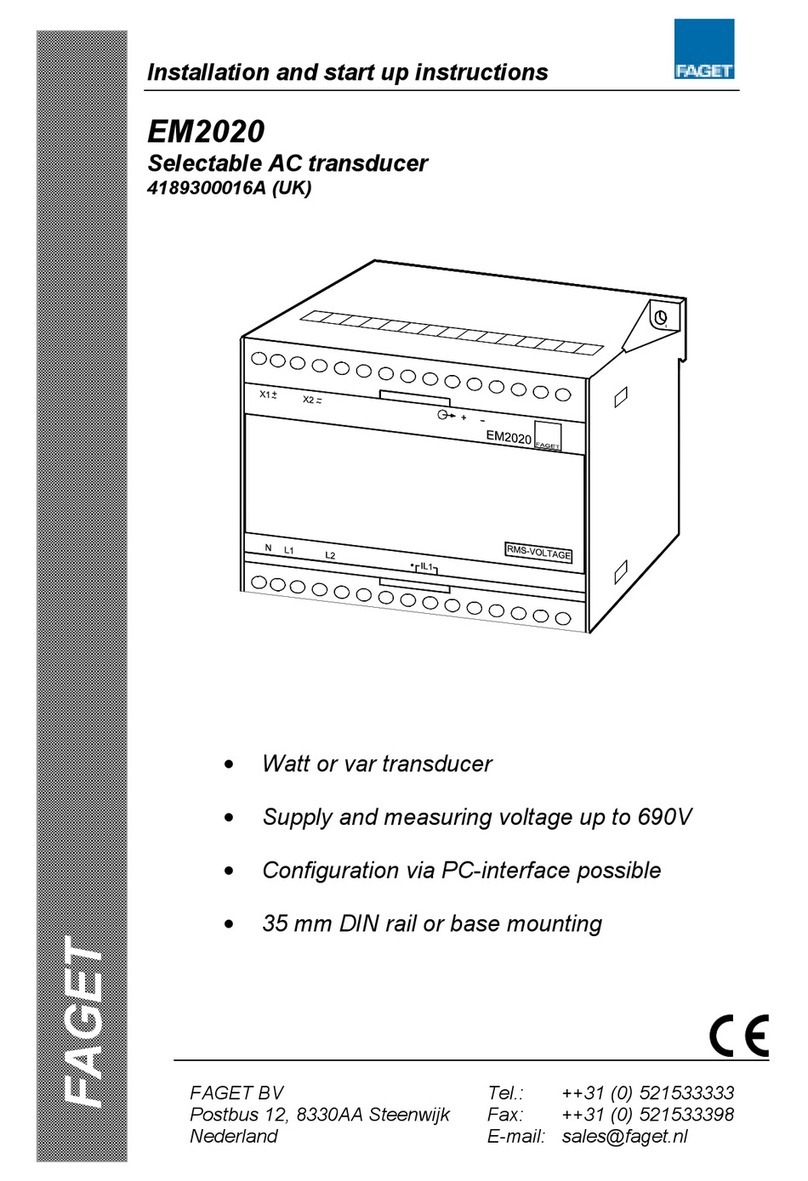
Faget
Faget EM2020 Installation and start-up instructions
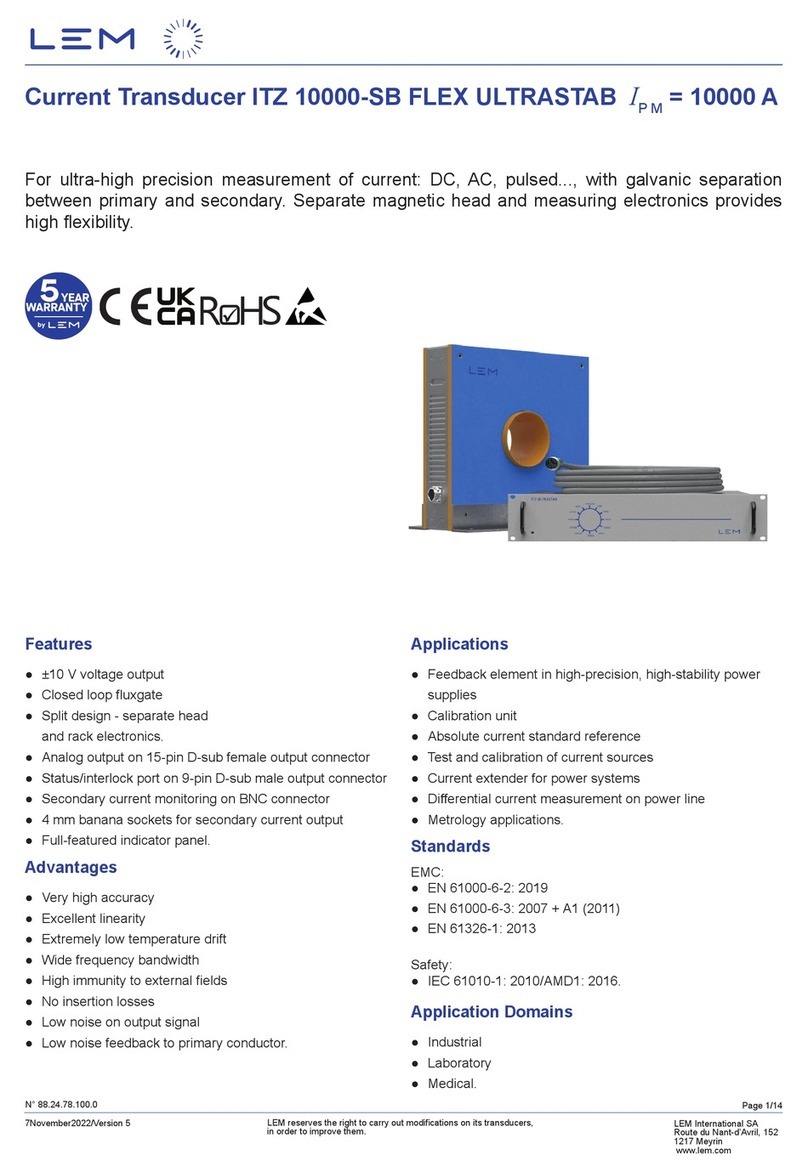
LEM
LEM ITZ 10000-SB FLEX ULTRASTAB manual

Simrad
Simrad ES120-7CD - REV A installation manual

Hontzsch
Hontzsch UVA operating instructions

Ultrasound Technologies
Ultrasound Technologies Fetatrack 310 Service manual

Thyracont
Thyracont VSP63E operating instructions
